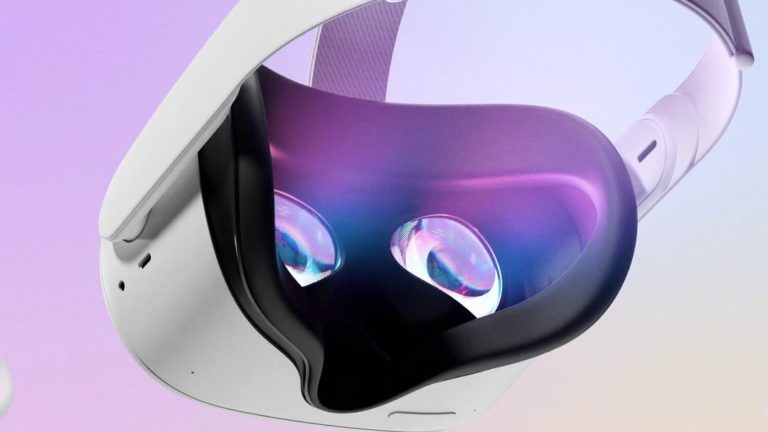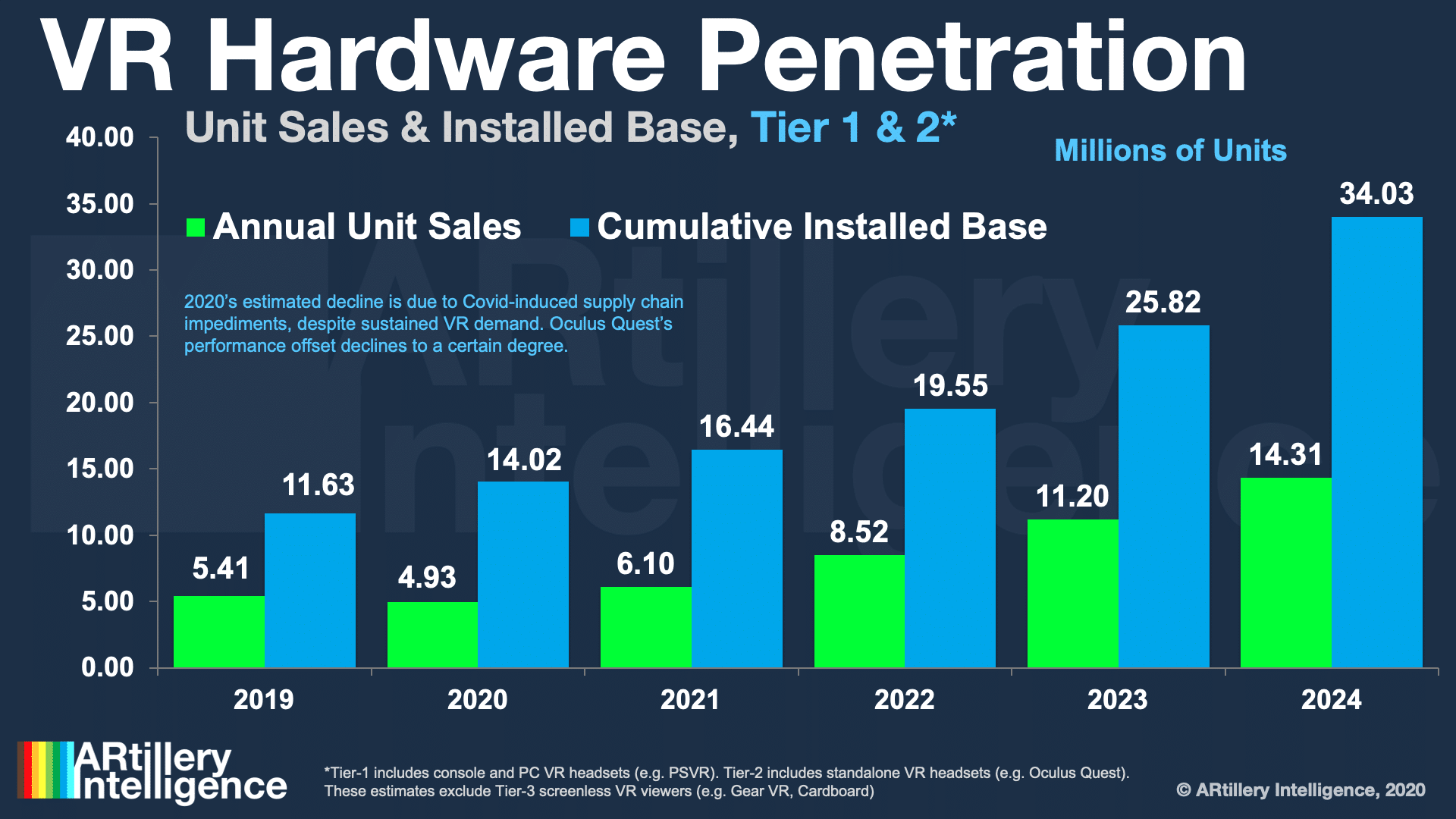
One of the constructs to understand VR’s endgame is the metaverse. Inspired by fiction such as Neil Stephenson’s Snow Crash and other works, it envisions virtual domains where synchronous and multi-user virtual interaction take place. This is the VR everyone’s waiting for.
We have early versions of this already, considering social and synchronous environments like Altspace VR, VRChat and RecRoom. Future endpoints include greater levels of immersion, photorealism, and all-day use, which could all come with time and underlying tech evolution.
So where are we now in that journey, and what will it take to get there? This topic was batted around at the recent GamesBeat Summit with an all-star panel including Stephanie Llamas, Cathy Hackl and Jesse Schell. It’s this week’s featured XR Talk (video and takeaways below).
Intersecting Social & Immersive
To further define the metaverse, the panel agrees that it’s the intersection of social and immersive media. There are psychological triggers in VR when someone else — even if it’s a virtual avatar — is within arms reach. It’s only possible with immersion and synchronous interaction.
This should resonate during a pandemic when social presence is a scarcity: The same psychological trigger doesn’t happen on Zoom calls. And VR has indeed attracted many converts in the past year. But surprisingly — as echoed by John Carmack — it hasn’t wildly inflected.
In fact, the pandemic may have slowed VR down — and not just because of supply chain impediments that are often cited. Sheltered life precludes social activity that normally spreads awareness of new technologies….like going to a friend’s house and seeing their new VR headset.
So given all of the above challenges, how do we break past the barriers and get non-VR people into VR? According to the panel, cross-platform strategies help. Apps like RecRoom provide good “training wheels” to onboard people through desktop and mobile hardware compatibility.
Network Effect
To quantify where we are and where we need to go, the magic number could be 10 million VR units in-market, the panel agrees (as does Mark Zuckerberg). That’s where network effects can kick in, along with the likeliness that at least one other person you know has the hardware.
If we look at where we are now, we’re not far behind. The installed base of PC, console and standalone VR headsets in-market today is about 14 million units according to our research arm ARtillery Intelligence. And Quest 2’s continually strong sales indicators could accelerate things.
But an important distinction — as Zuckerberg specified — is that the network effect that kicks in at 10 million units requires that quantity of users on one platform. The above installed base figure is fragmented between several platforms. Still….things are moving in the right direction.
The other good news is that growth can accelerate as VR adoption grows. A flywheel-effect can kick in at a certain point where hardware adoption propels investment in content creation. Then greater content libraries propel more hardware sales, and around we go.

Road to the Metaverse
Meanwhile, what can be done to accelerate this process? Besides the cross-platform approach mentioned above, there are other components that can be developed. Volumetric video is one area the panel espouses, including photorealistic (versus polygonal) 6DoF interactions.
That will likewise work towards another key area of development for VR: forming emotional connections. This is one of VR’s greatest potential strengths, so we should lean into it by building experiences around emotive content such as people, places, art, entertainment and history.
This also speaks to VR’s evolutionary arc beyond gaming. In this sense, its emotional-connectedness could make it ripe for other areas of entertainment. And the brain encoding that’s possible through immersive experience makes VR an effective tool for education and training.
But before any of this, there are fundamentals that need to be developed and optimized. These include accessibility, accommodating corrective vision, and alleviating motion sickness. These and all of the above evolutions will happen gradually and in-step on the road to the Metaverse.
See the full panel discussion below.

